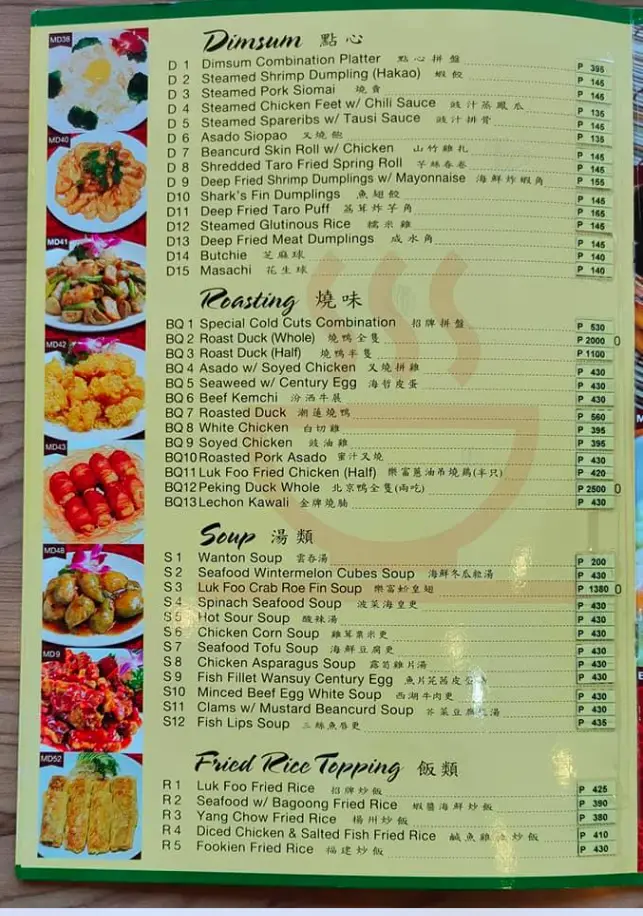Fine Dining, Redefined: The Rise Of Elegant, Elemental Menus
White tablecloths, silver cutlery, and lavish multi-course meals have long been associated with fine dining. But the modern culinary scene is evolving — and with it, the definition of what fine truly means. The most thrilling restaurants of the present day are abandoning extravagance for its own sake in favour of a new philosophy: refined, elemental menus that emphasise simplicity, seasonality, and authenticity. A thoughtfully curated restaurant in Belmore can perfectly embody the essence of fine dining redefined, where seasonal ingredients and minimalist presentation create an experience rooted in authenticity and elegance.
This shift isn’t about doing less; it’s about doing more with less. It’s about bringing clarity and purpose to every plate, where each ingredient has a story and every flavour has room to breathe. Fine dining, once defined by excess, is now celebrated for its restraint and refinement.
Stripping Back To What Matters?
At the heart of the elemental dining movement is a commitment to purity. Chefs are stepping back from overly complicated dishes and focusing instead on showcasing the true character of ingredients. Think roasted heirloom carrots dressed with just olive oil and sea salt, or a perfectly pan-seared fish fillet paired with a seasonal broth.
These dishes may look minimal, but they require skill and precision. The fewer the components, the more critical the technique. With nowhere to hide behind sauces or garnishes, the quality of each element must be impeccable.
This kind of simplicity is powerful. It brings the diner closer to the food itself — its texture, flavour, and origin — making the meal feel both intimate and intentional.
Seasonality As A Guiding Principle
Elemental menus are deeply rooted in the rhythm of nature. Rather than offering the same dishes year-round, many fine dining restaurants now craft menus based on the availability of local produce, seafood, and meats.
This seasonal approach not only supports sustainability but also ensures the freshest, most flavourful ingredients reach the Table. Diners are offered something new and exciting with every visit — spring might bring light, herbaceous creations, while autumn leans into rich, earthy compositions.
Such menus celebrate the fleeting beauty of ingredients at their peak, allowing chefs to continually evolve their offerings and diners to experience a natural progression of flavours throughout the year.
Presentation With Purpose
While classical fine dining often leaned into ornate presentation, modern elemental dishes tend to reflect natural elegance. Plates are composed with restraint — colours, textures, and shapes are balanced, but not overly styled. There’s a quiet confidence in the presentation, where visual appeal is born out of honesty rather than ornamentation.
Chefs treat plating as an extension of their culinary philosophy. If a dish tells a story about a coastline or a forest floor, its arrangement on the plate reflects that inspiration. The goal is not to impress with extravagance, but to connect diners more deeply with the food’s origin and meaning.
Emphasis On The Dining Experience
Redefined fine dining isn’t just about what’s on the plate — it’s about how the entire experience feels. The ambiance is often more relaxed, inviting, and intimate than the formal settings of the past. The rigid elegance of conventional luxury restaurants is replaced by open kitchens, natural materials, and cosy lighting.
Service, too, has transformed. While professionalism remains, there’s more warmth and approachability. Staff are often eager to share insights about where the food comes from, how it’s prepared, or why it pairs well with a specific wine. The goal is not to create distance, but to foster connection.
Culinary Storytelling Through Simplicity
Every dish on an elemental menu is a chapter in a greater story that relates to the chef’s vision, seasonality, and regional character. It’s not uncommon to find menus organised not by protein or course, but by theme, mood, or even ingredient origin.
This approach gives diners a sense of immersion. They’re not just eating; they’re participating in a curated experience where each bite reflects a thought, a place, or a moment in time.
Conclusion
Fine dining is undergoing a quiet revolution — one that honours simplicity, sustainability, and substance. Elemental menus strip away excess to reveal the true beauty of food, redefining luxury as something grounded and graceful. It’s a new chapter for refined cuisine, where elegance is found not in complexity, but in clarity. And for food lovers seeking authenticity and depth, it’s a welcome evolution.

